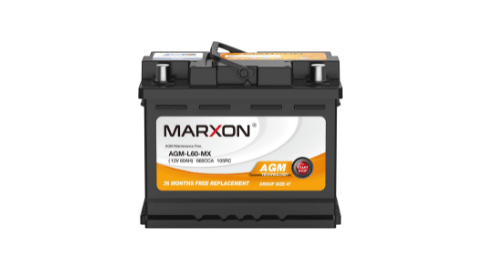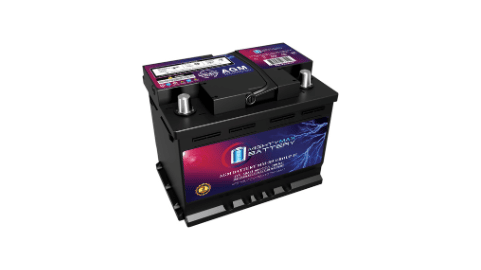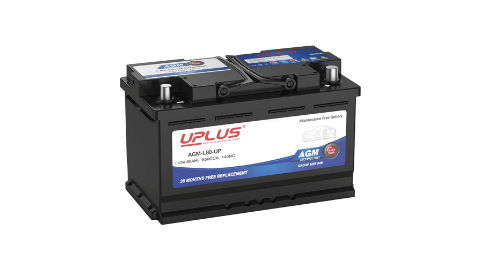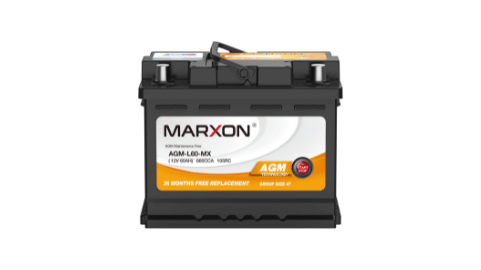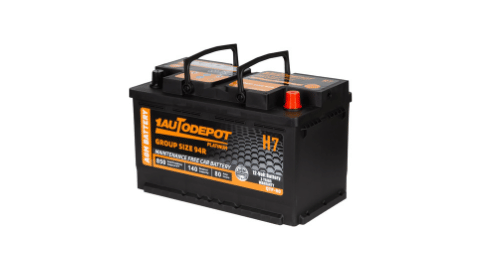Car batteries are the heart of a vehicle’s electrical system, crucial for starting the engine and powering various components, from headlights to infotainment systems. Choosing the right battery is vital for ensuring reliable vehicle performance and longevity. This guide will provide an in-depth look at the best car batteries available, focusing on different types, essential features, and key factors to consider when making a choice. By the end, you’ll have the knowledge to select a car battery that suits your vehicle’s specific needs and driving conditions.
Best Car Batteries Buying Guide
When it comes to selecting the ideal car battery, it’s crucial to have a solid grasp of the fundamentals. Car batteries are the lifeblood of your vehicle, providing the necessary electrical power to start the engine and run various electrical components. These rechargeable power units come in different sizes, types, and capacities, each designed to meet specific vehicle requirements and driving conditions. The primary function of a car battery is to deliver a high burst of energy to crank the engine and then provide a stable power supply to keep your car’s electrical systems running smoothly. Understanding these basics will help you make an informed decision when it’s time to replace your vehicle’s battery.
Key Factors to Consider When Purchasing a Car Battery
Battery Size and Fit
One of the most critical factors in choosing a car battery is ensuring it fits your vehicle properly. Car batteries come in various sizes, and it’s essential to select one that matches your car’s specifications. The size is typically denoted by a group number, which indicates the battery’s physical dimensions and terminal locations. You can find this information in your vehicle’s owner manual or by consulting with a professional. It’s important to note that an ill-fitting battery can lead to installation problems, poor performance, and even damage to your vehicle’s electrical system. Therefore, always double-check the size requirements before making a purchase.
Cold Cranking Amps (CCA)
Cold Cranking Amps, or CCA, is a measure of a battery’s ability to start an engine in cold temperatures. This rating indicates how many amps a battery can deliver at 0°F for 30 seconds while maintaining a voltage of at least 7.2 volts. For those living in colder climates, a higher CCA rating is crucial to ensure your car starts reliably during winter months. However, it’s important to balance this with your specific needs, as batteries with higher CCA ratings often come at a premium price. Consider your local climate and typical winter temperatures when evaluating the CCA rating of potential batteries.
Reserve Capacity
Reserve Capacity (RC) is another important specification to consider when choosing a car battery. This rating measures how long a battery can run essential electrical systems if the alternator fails. Specifically, it indicates the number of minutes a battery can supply a constant 25-amp current at 80°F while maintaining a voltage of at least 10.5 volts. A higher reserve capacity is particularly beneficial for vehicles with numerous electrical accessories or for those who frequently take short trips, as it ensures your car can operate critical systems for an extended period without recharging.
Battery Age
The age of a car battery is a crucial factor that often gets overlooked. Even if a battery is unused, its performance can degrade over time. When purchasing a new battery, always check the manufacturing date, which is usually stamped on the case. Look for a battery that has been manufactured within the last six months to ensure you’re getting a fresh unit with maximum lifespan potential. Older batteries may offer a lower price point, but they could end up costing more in the long run due to reduced performance and shorter overall life.
Maintenance Requirements
Modern car batteries typically fall into two categories: maintenance-free and low-maintenance. Maintenance-free batteries are sealed and don’t require any additional care beyond regular charging through normal vehicle use. Low-maintenance batteries may occasionally need water to be added to the cells. While maintenance-free batteries offer convenience, low-maintenance options can sometimes provide longer life if properly cared for. Consider your willingness to perform periodic maintenance when choosing between these types.
Warranty
A battery’s warranty can be a good indicator of its expected lifespan and the manufacturer’s confidence in their product. Warranties typically come in two parts: a free replacement period and a prorated period. The free replacement period covers full replacement if the battery fails within a specified timeframe, while the prorated period offers partial reimbursement based on the battery’s age. When comparing warranties, pay attention to both the length of coverage and the terms. A longer warranty often indicates a higher-quality battery, but be sure to read the fine print to understand what’s covered and any maintenance requirements to keep the warranty valid.
Environmental Considerations
In today’s environmentally conscious world, it’s worth considering the ecological impact of your car battery choice. Some batteries are designed with recyclability in mind, using materials that are easier to recycle and reuse. Additionally, certain manufacturers focus on producing batteries with reduced environmental impact during the manufacturing process. While these options may come at a higher initial cost, they can be a responsible choice for those looking to minimize their carbon footprint. When possible, opt for batteries from manufacturers with strong environmental policies and recycling programs.
Performance in Extreme Conditions
If you frequently drive in areas with extreme temperatures, whether hot or cold, it’s crucial to choose a battery that can withstand these conditions. Extreme heat can cause battery fluid to evaporate, leading to decreased performance and shortened lifespan. Conversely, extreme cold can reduce a battery’s ability to provide sufficient power to start the engine. Look for batteries specifically designed to handle temperature extremes, with features like robust internal construction to resist vibration and temperature fluctuations. While these specialized batteries may cost more upfront, they can save money and inconvenience in the long run by providing reliable performance in challenging conditions.
Conclusion
Selecting the right car battery is a decision that requires careful consideration of various factors, including size, performance ratings, maintenance requirements, and environmental impact. By understanding these key elements and how they relate to your specific needs and driving conditions, you can make an informed choice that ensures reliable performance and longevity. Remember that while price is an important consideration, investing in a high-quality battery from a reputable manufacturer can often save money in the long term through improved reliability and longer service life. Take the time to research and compare options, consult with professionals if needed, and choose a battery that not only meets your vehicle’s specifications but also aligns with your personal preferences and values. With the right battery in place, you can enjoy peace of mind knowing that your vehicle is equipped with a reliable power source ready to meet the demands of your daily driving needs.

